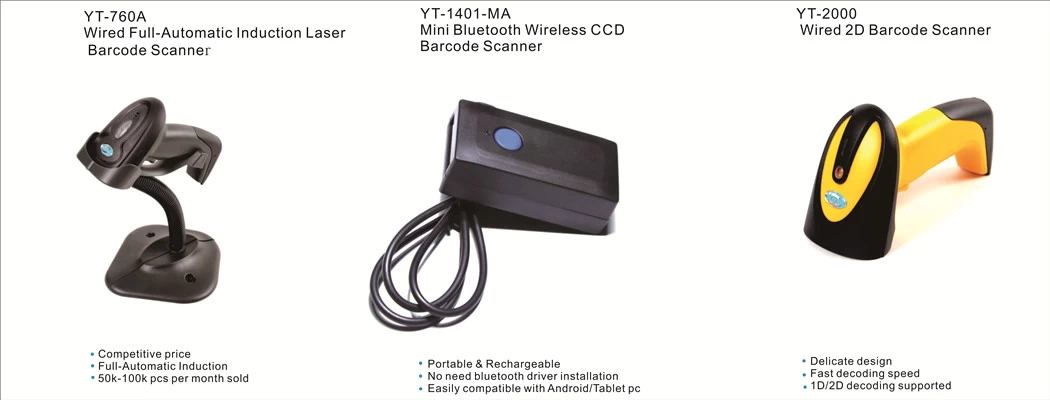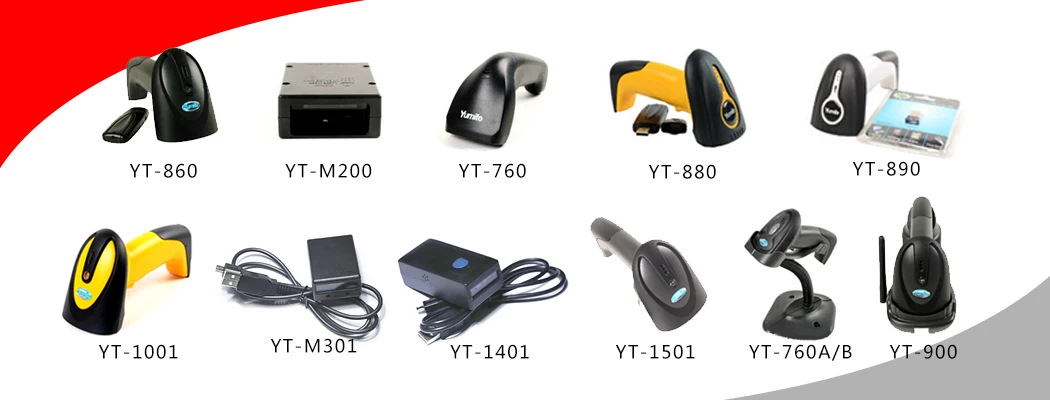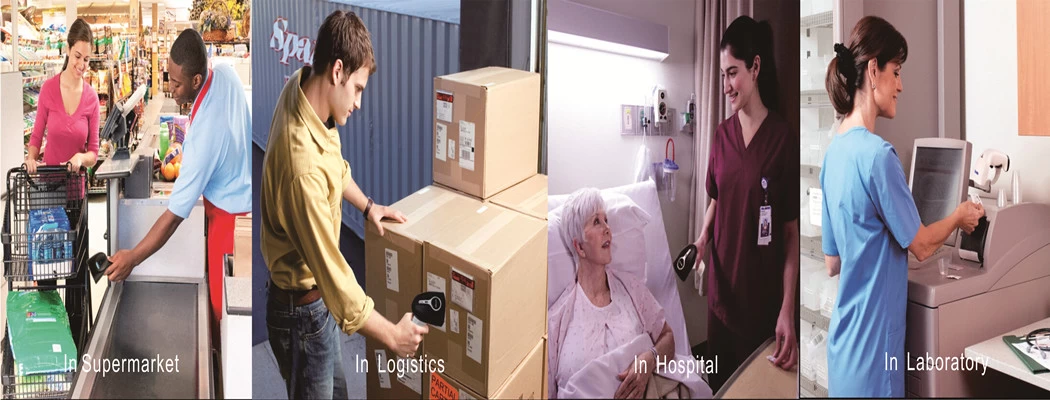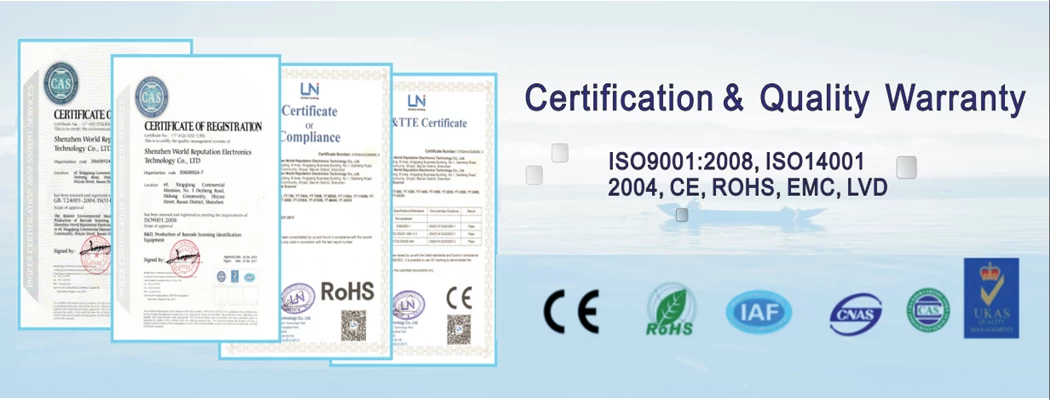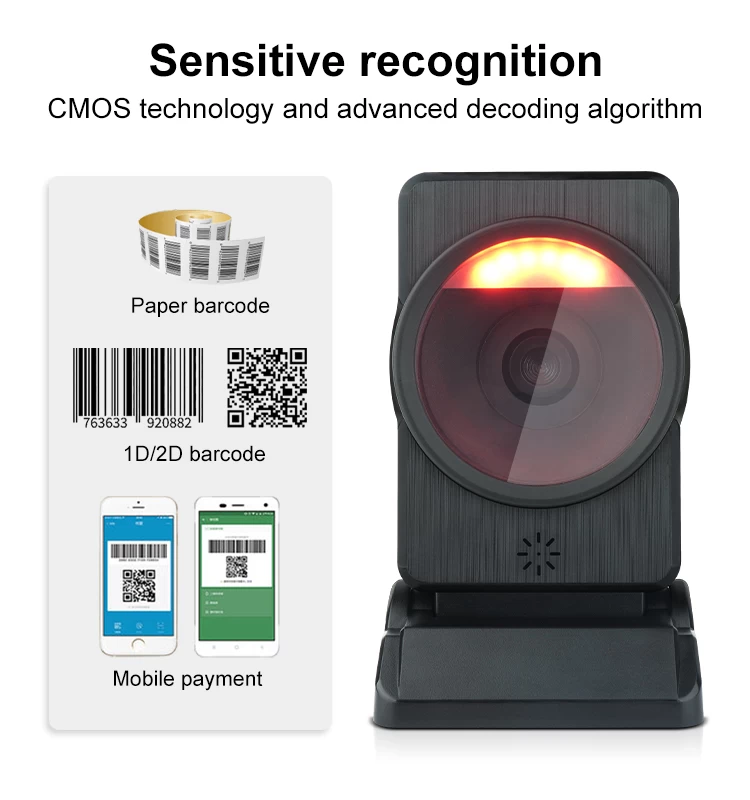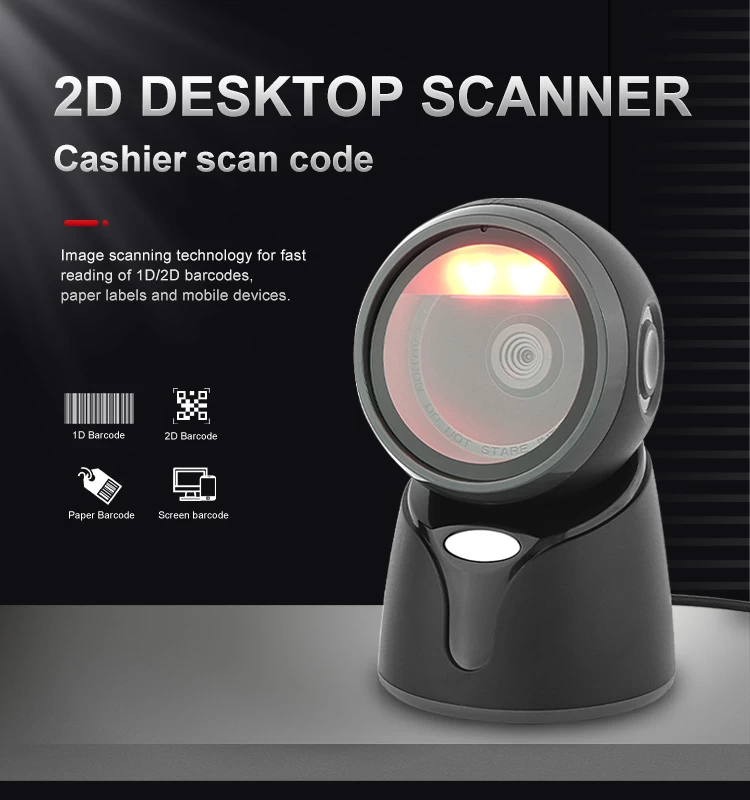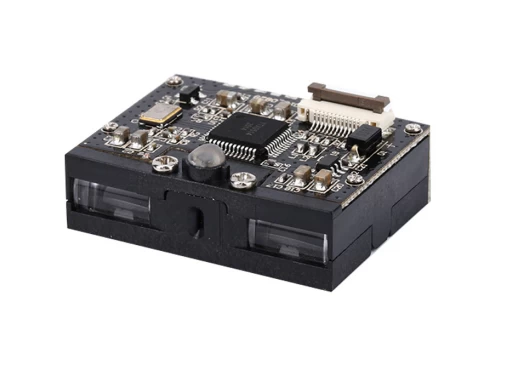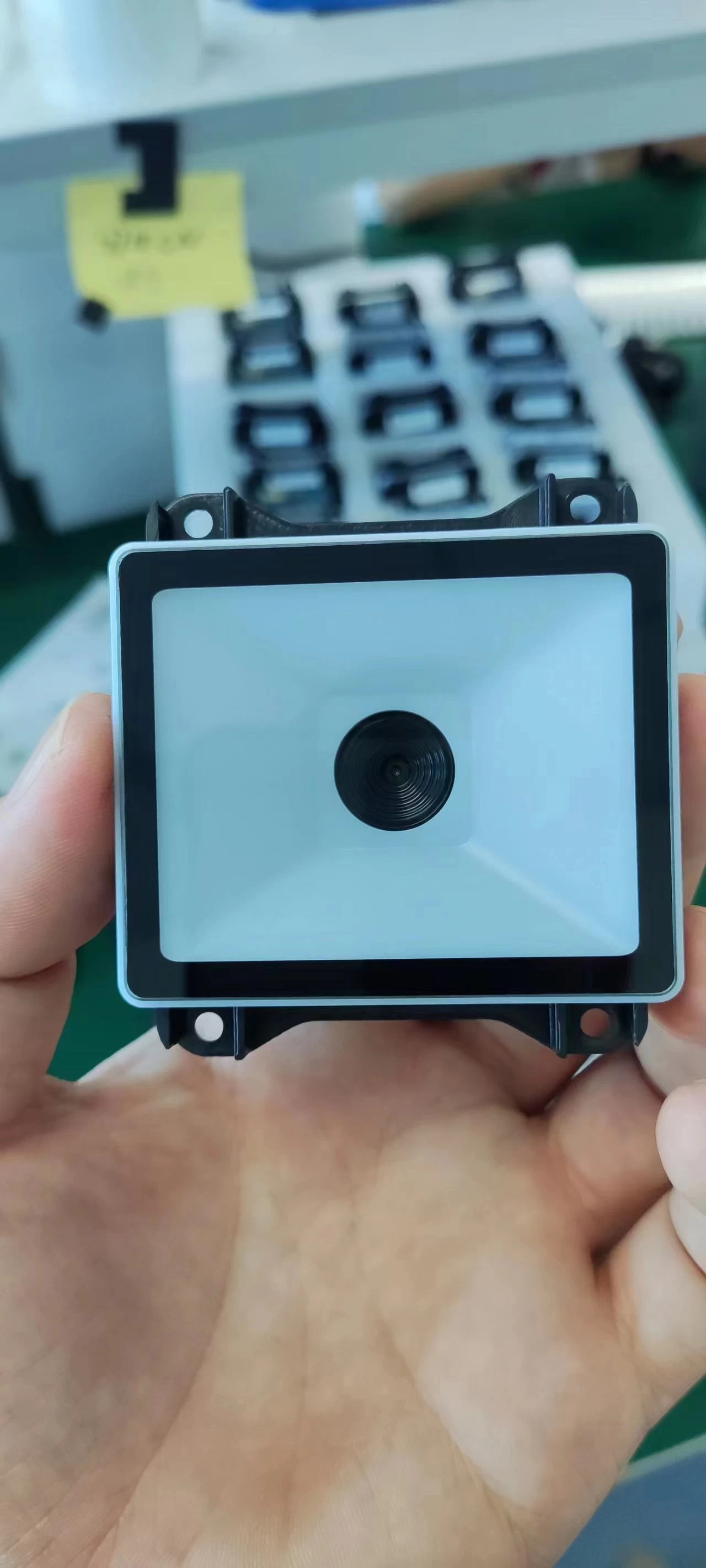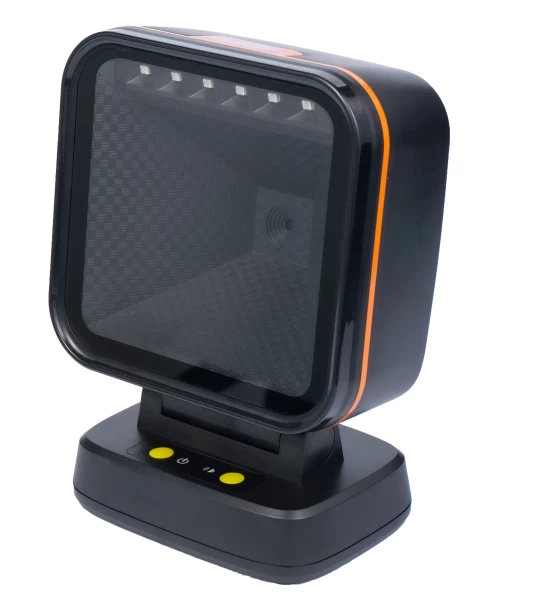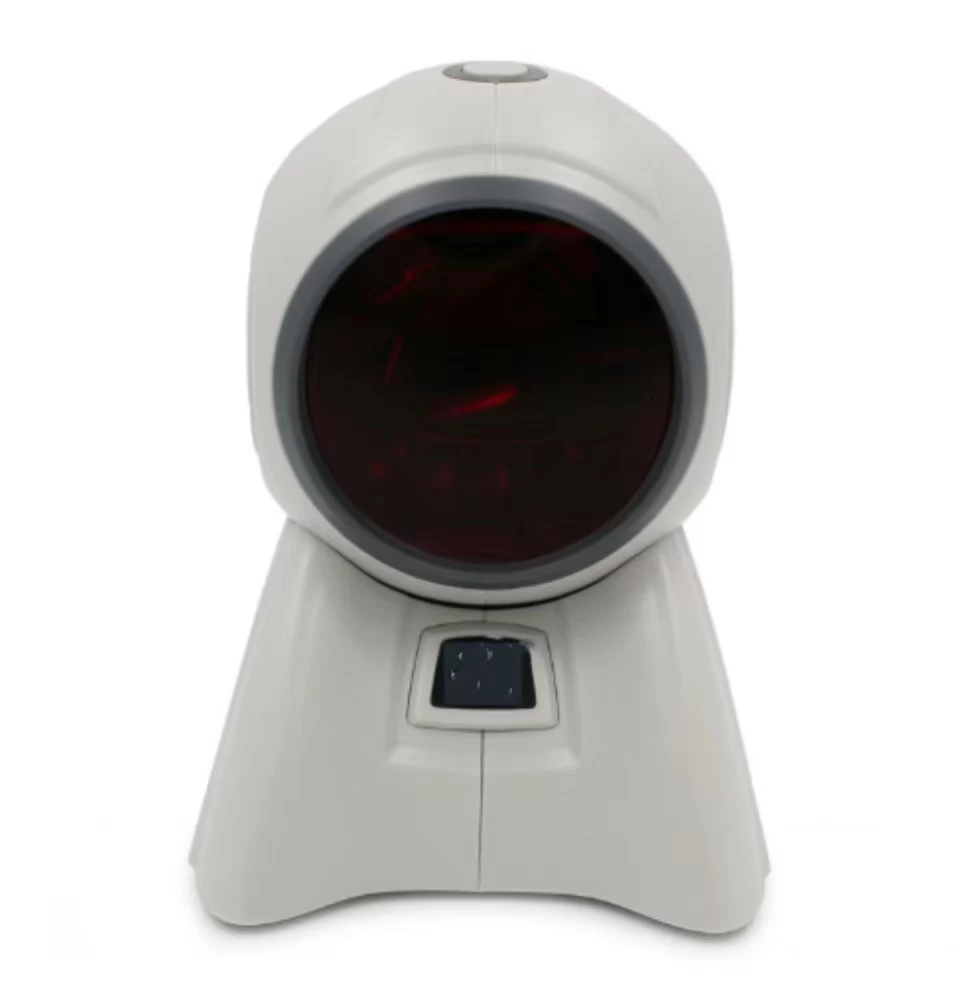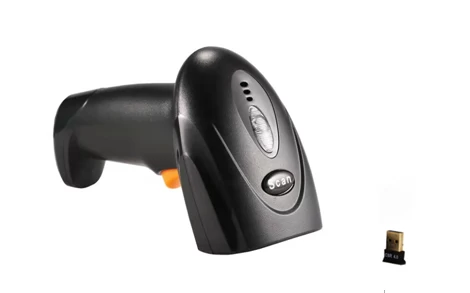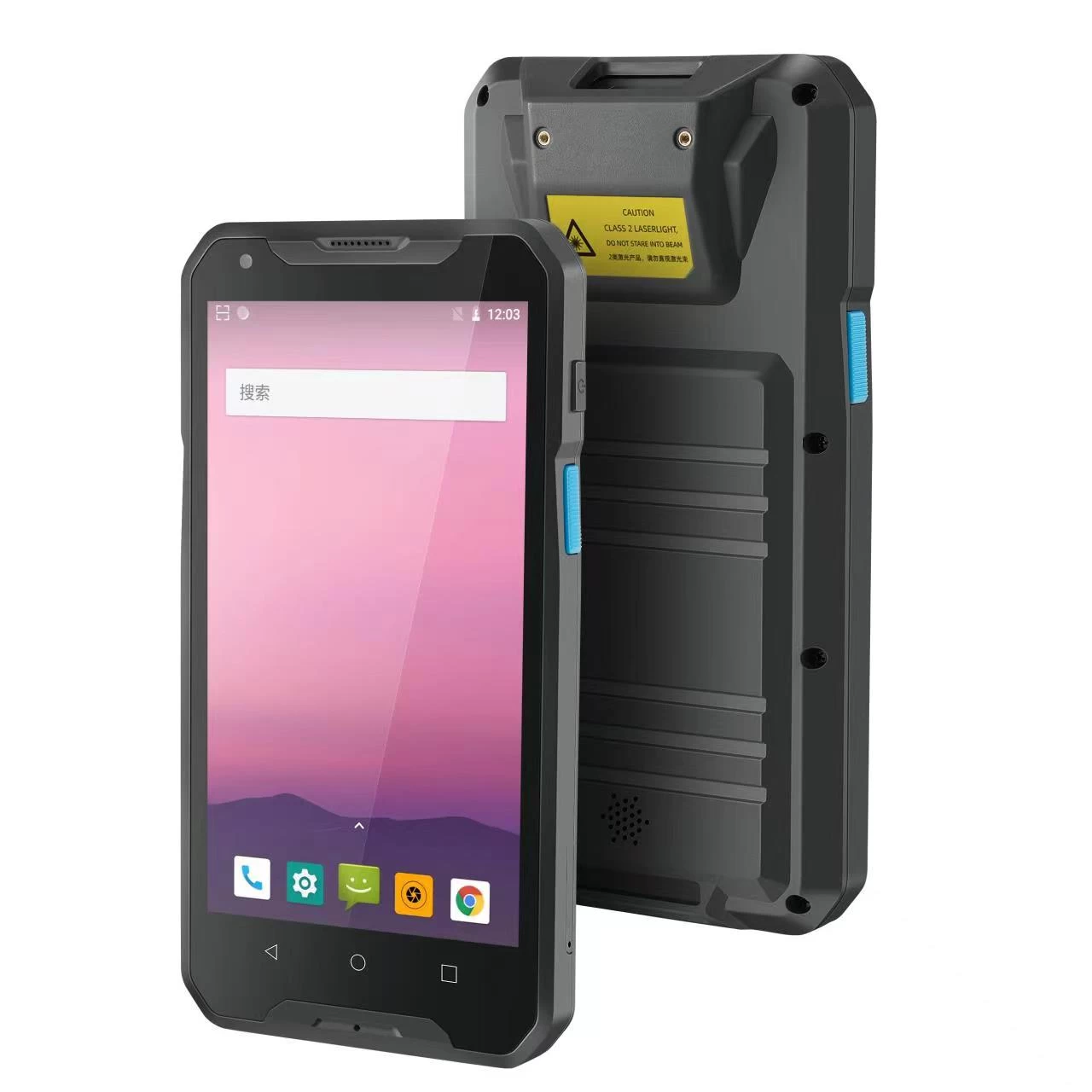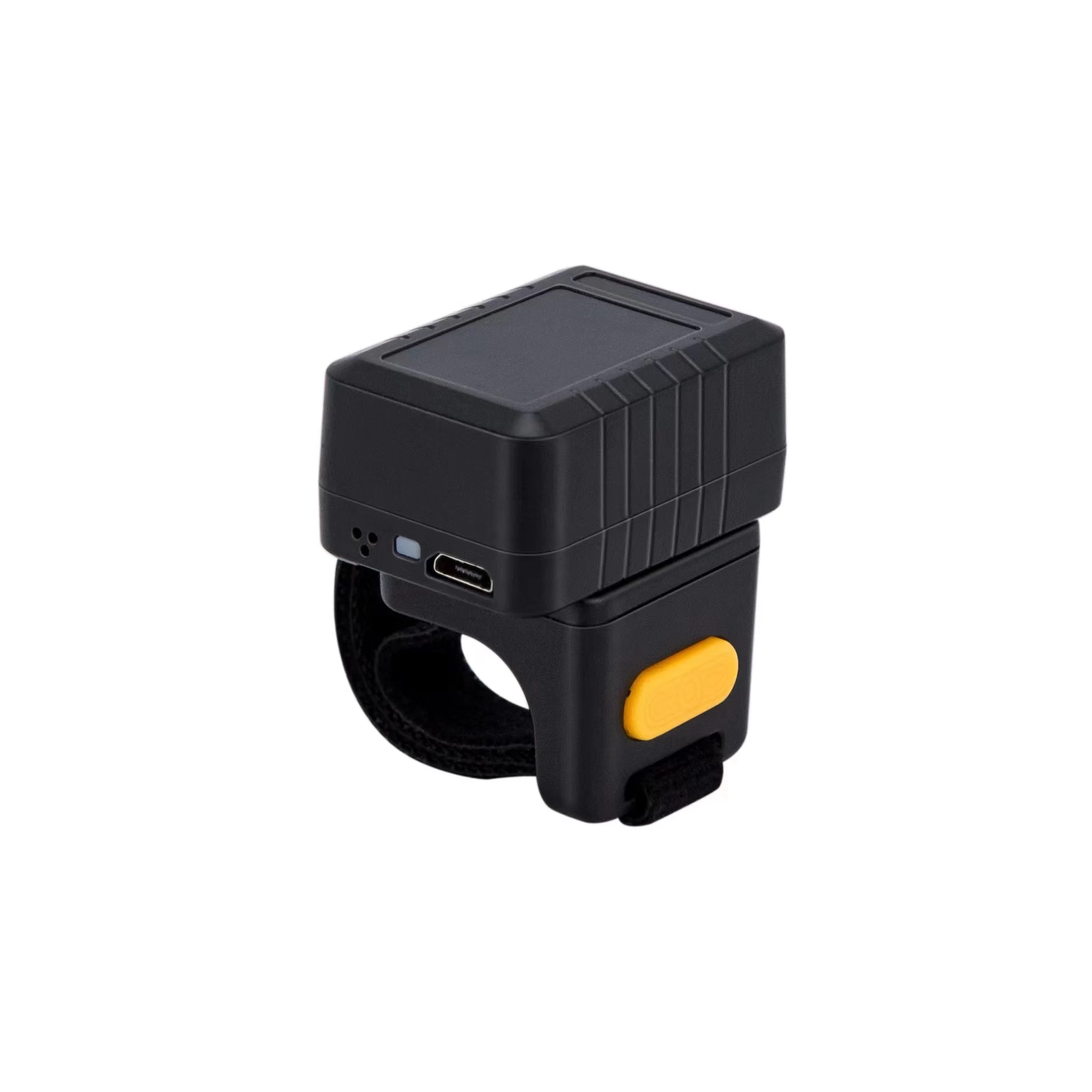Wireless Barcode Scanner Technology Becoming Increasingly Commonplace
Ben
yumite
2017-01-02 19:27:58
As the number of consumer-centric mobile devices expands exponentially - the Pew Research Center reported last month that 86 percent of all Americans now own a cellphone, for example - the demand for mobile data collection systems in warehouses and throughout the global supply chain is up as well.
Helping to illustrate this trend is the latest research from ScanLife. During the 2012 holiday shopping season, there were 22 percent more mobile barcode scans than during the same period the previous year. From 2011 to 2012, total barcode scans increased by more than 1 million.
According to a Manufacturing Business Technology article from earlier this month, the primary benefits of wireless barcode scanner technology are twofold. For one, the system leverages the proven and reliable tracking accuracy that barcode data collection software can bring. In addition, by disconnecting the scanner from a chord, supply chain management professionals can empower workers to more easily track goods and services in real time.
"Mobile solutions for warehouse inventory management that use barcode technology will cut costs by automating workflows and improving workforce efficiency and data capture accuracy," the article. "When it comes to choosing barcode readers for your inventory management system, today's technology offers many choices from hand-held scanners and mobile computers to smartphones and tablets that can be adapted with peripherals and add-ons."
How to Select the Right Mobile Data Collection System
As more businesses begin to realize just how beneficial wireless barcode scanner technology is, the number of supply chain management options is greater than ever. With so many possibilities now available, Manufacturing Business Technology said companies must carefully choose which system is best suited to meet their unique warehouse and supply chain management needs.
First, according to Manufacturing Business Technology, organizations must look at what data collection systems are currently being used and how well new mobile data collection tools will mesh with legacy systems. Other crucial considerations include the ability of the company's IT department to support the new tools, the size of the warehouses and supply chains that need to be monitored and the cost of implementing an updated solution.
"Plan ahead by making an assessment of your needs, researching the products on the market and their capabilities and talking to different vendors," the article said. "In this way, you will ensure the best combination of low-cost and effective scanning capability that still meets your requirements for inventory management in the warehouse."
Helping to illustrate this trend is the latest research from ScanLife. During the 2012 holiday shopping season, there were 22 percent more mobile barcode scans than during the same period the previous year. From 2011 to 2012, total barcode scans increased by more than 1 million.
According to a Manufacturing Business Technology article from earlier this month, the primary benefits of wireless barcode scanner technology are twofold. For one, the system leverages the proven and reliable tracking accuracy that barcode data collection software can bring. In addition, by disconnecting the scanner from a chord, supply chain management professionals can empower workers to more easily track goods and services in real time.
"Mobile solutions for warehouse inventory management that use barcode technology will cut costs by automating workflows and improving workforce efficiency and data capture accuracy," the article. "When it comes to choosing barcode readers for your inventory management system, today's technology offers many choices from hand-held scanners and mobile computers to smartphones and tablets that can be adapted with peripherals and add-ons."
How to Select the Right Mobile Data Collection System
As more businesses begin to realize just how beneficial wireless barcode scanner technology is, the number of supply chain management options is greater than ever. With so many possibilities now available, Manufacturing Business Technology said companies must carefully choose which system is best suited to meet their unique warehouse and supply chain management needs.
First, according to Manufacturing Business Technology, organizations must look at what data collection systems are currently being used and how well new mobile data collection tools will mesh with legacy systems. Other crucial considerations include the ability of the company's IT department to support the new tools, the size of the warehouses and supply chains that need to be monitored and the cost of implementing an updated solution.
"Plan ahead by making an assessment of your needs, researching the products on the market and their capabilities and talking to different vendors," the article said. "In this way, you will ensure the best combination of low-cost and effective scanning capability that still meets your requirements for inventory management in the warehouse."

